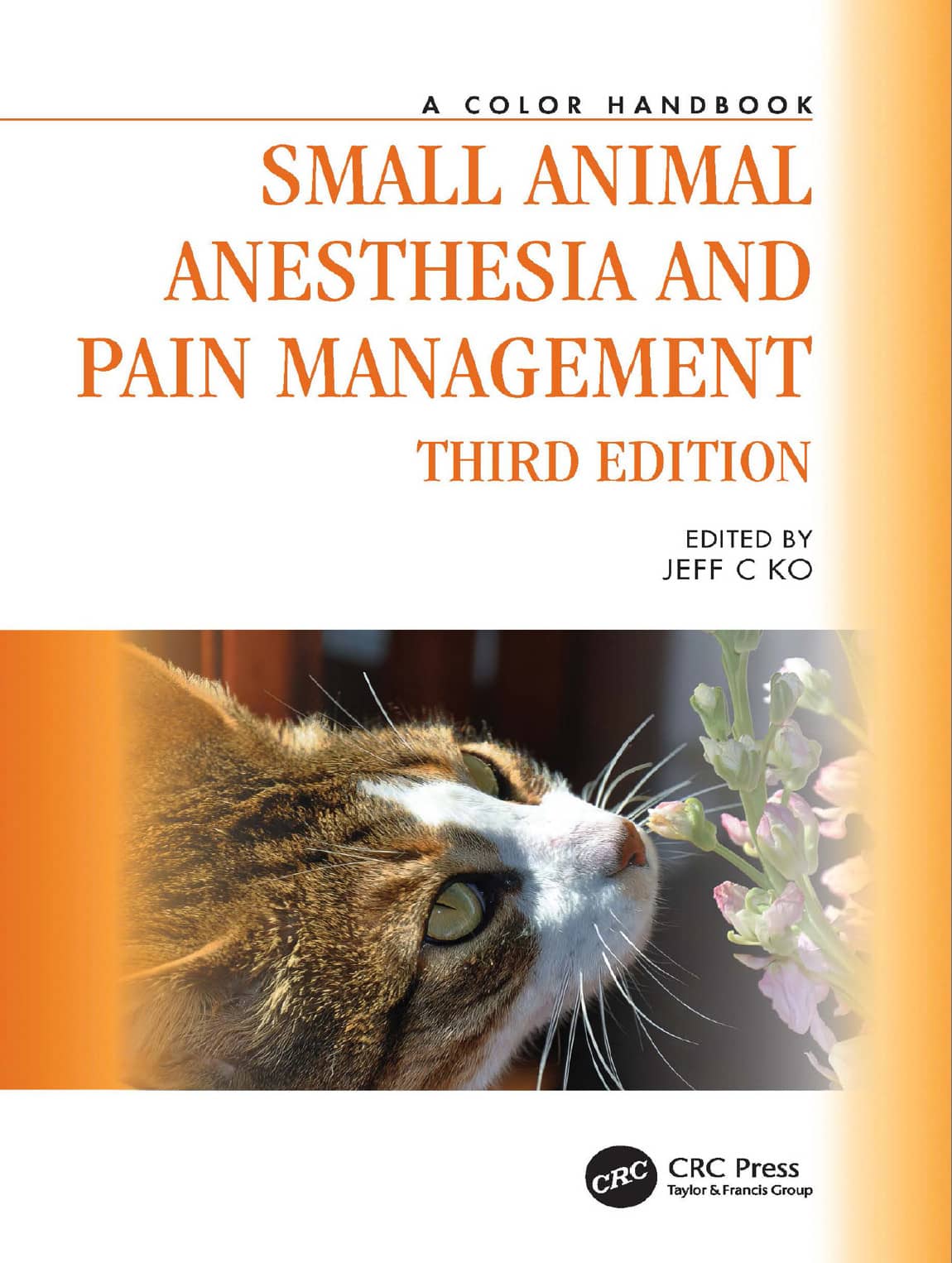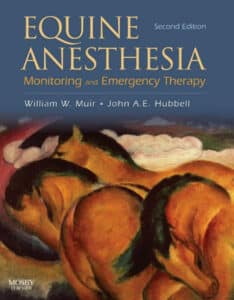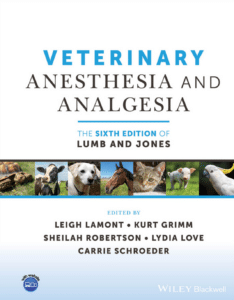
By Jeff Ko
Small Animal Anesthesia and Pain Management A Color Handbook 3rd Edition provides comprehensive coverage of the world of veterinary anesthesia and pain management. Opening with a detailed exploration of inhalant anesthetic equipment and its essential accessories, emphasizing the crucial role of preoperative blood work and its interpretations, coverage continues with a systematic introduction to clinical anesthetic practice, encompassing premedication drugs and dosages, intravenous induction options, and concluding in a discussion of modern inhalant anesthetics. These chapters shine a spotlight on a newly approved drug, showcasing the practical application of Zenalpha® (medetomidine and vatinoxan) for a range of sedative and anesthetic combinations in dogs and cats. This clinically focused text draws upon practical experience and clinical evidence from various sources. It provides drug dosages and anesthetic protocols in tabular form, complemented by over 400 illustrations that enhance comprehension and visual clarity.
Small Animal Anesthesia and Pain Management has become a cornerstone in veterinary practice education and, with this third edition, it continues to provide invaluable practical information for small animal practitioners, veterinary technicians/nurses, as well as veterinary and veterinary nursing students.
Features
Small Animal Anesthesia and Pain Management A Color Handbook 3rd Edition Features:
- Injectable and sedative combinations.
- Monitoring anesthetic depth and antinociception, utilizing EEG (electroencephalography) and Parasympathetic Tone Analysis (PTA) devices.
- Comprehensive guidance on intervening in cases of abnormalities.
- Anesthetic considerations, management, and interventions.
- Commonly encountered ECG (electrocardiography) issues.
- Anesthesia for minimally invasive endoscopic procedures and regular endoscopy.
- Locoregional blocks, including both traditional and ultrasound-guided methods.
- Acupuncture, herbal medicine, and photobiomodulation therapy.
Table of Contents
- Essential equipment for inhalant anesthesia
- Necessity of preoperative blood work and urine analysis for anesthesia
- Preanesthetic medication: Drugs and dosages
- Intravenous anesthetic agents: Versatile options for dogs and cats
- Inhalant anesthetic agents
- Anesthesia monitoring and management
- Optimizing anesthesia depth and pain control using advanced monitoring techniques
- Perioperative fluid therapy
- Blood components and transfusion therapy
- Injectable sedative and anesthesia–analgesia combinations for procedures
- Anesthesia considerations for specific diseases and organ dysfunction
- Anesthetic management for airway and thoracic surgeries
- Anesthesia for gastrointestinal endoscopic procedures
- Anesthesia for minimally invasive surgeries
- Anesthetic considerations for neurologic patients
- Anesthesia for ophthalmic surgery
- Anesthetic considerations for orthopedic patients
- Anesthesia in dental and oral–facial surgeries
- Analgesia and sedation in emergency and ICU patients
- Anesthetic emergencies and cardiopulmonary resuscitation
- Perioperative cardiac arrhythmias and their treatments
- Local anesthetic agents and techniques
- Ultrasound-guided locoregional blocks for dogs and cats
- Acute pain management principles
- Neuropathic pain management in dogs and cats
- Chronic pain management for osteoarthritis
- Oncologic pain management and radiation therapy
- Photobiomodulation therapy for pain management
- Acupuncture and herbal therapies for small animal pain management
- Rehabilitation and pain management for veterinary patients
- Anesthesia and pain management in shelter medicine
- Streamlining anesthesia and surgery management in veterinary hospitals
- Compassionate euthanasia: Methods and considerations
- Appendix: Anesthetic dosage reference ranges
- Index















![Ettinger’s Textbook of Veterinary Internal Medicine 9th Edition [PDF+Videos] Ettinger’s Textbook of Veterinary Internal Medicine 9th Edition [True PDF+Videos]](https://www.vet-ebooks.com/wp-content/uploads/2024/10/ettingers-textbook-of-veterinary-internal-medicine-9th-edition-100x70.jpg)
![Textbook of Veterinary Diagnostic Radiology 8th Edition [PDF+Videos+Quizzes] Thrall’s Textbook of Veterinary Diagnostic Radiology, 8th edition PDF](https://www.vet-ebooks.com/wp-content/uploads/2019/09/textbook-of-veterinary-diagnostic-radiology-8th-edition-100x70.jpg)







